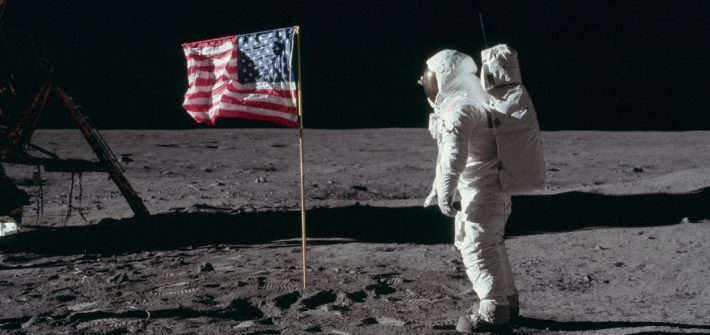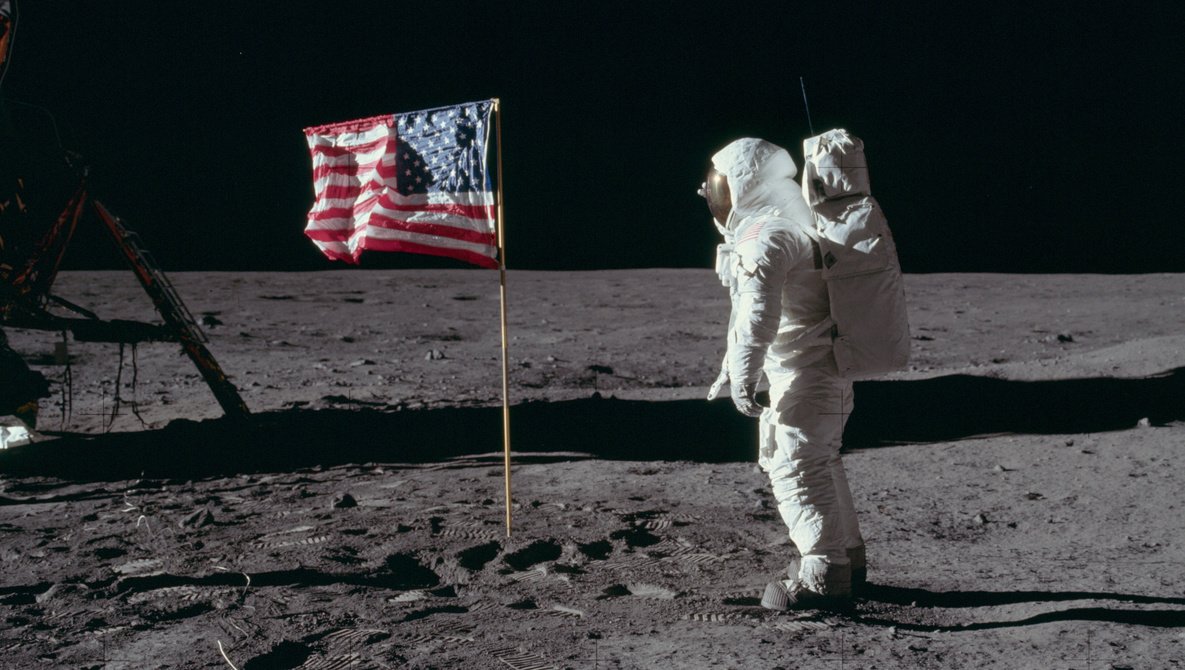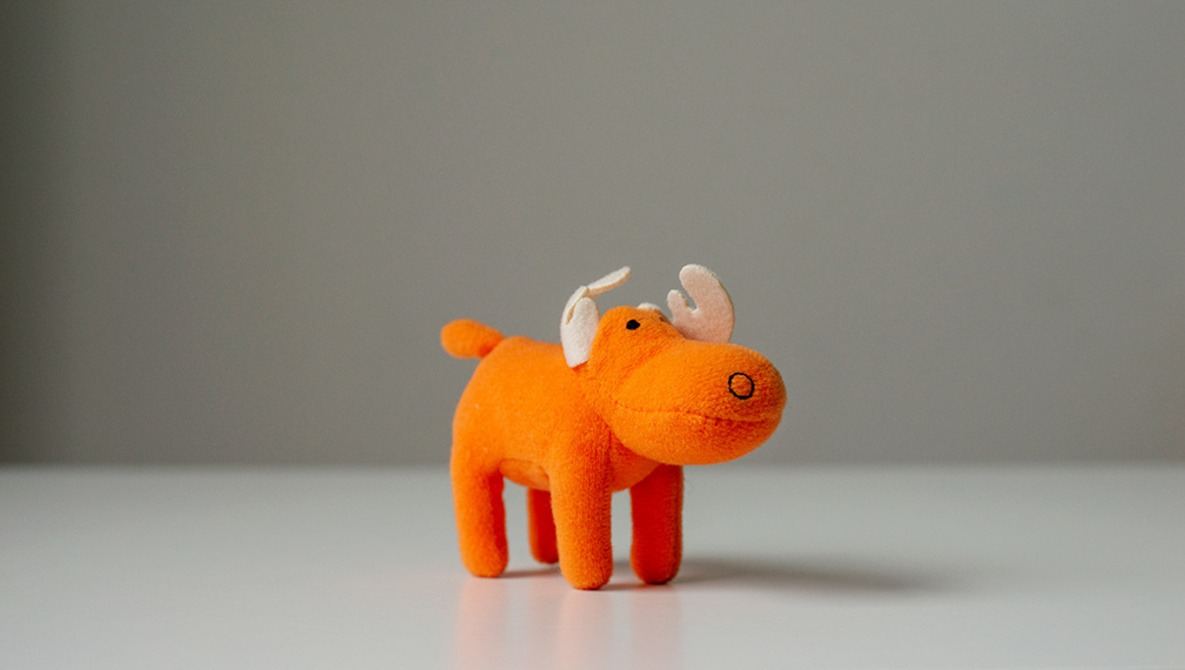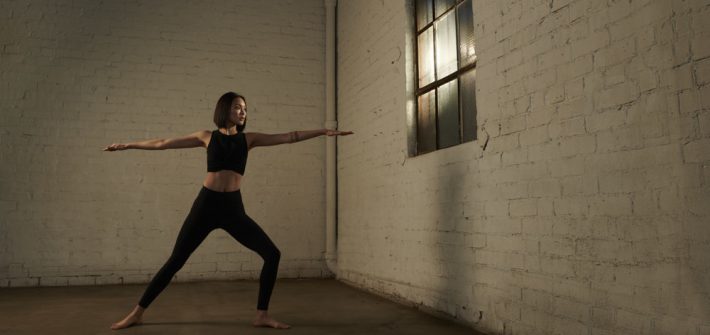From the time I was a child, I have been fascinated by all things related to the NASA moon missions of the 1970s. I’ve been particularly intrigued by the photographs that were taken by astronauts on their way to the moon and the surface as well.
Surface
A Beginner’s Guide to Choosing the Right Focal Length for Photos

Perhaps no choice is more fundamental to and impactful on your images than the focal length you employ. So, how do you choose the right focal length for a photo? It is a more complex question than it might seem on the surface. If you are new to photography, be sure to check out this fantastic video tutorial that will show you some helpful advice and knowledge for choosing the right focal length.
Easy Tips for Taking Better Photographs of Products for Etsy
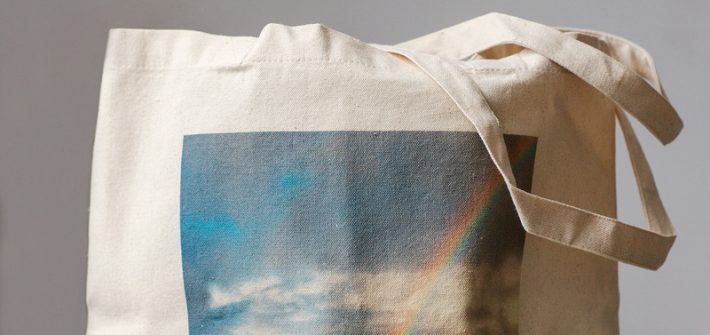
Handmade selling is on the rise and with it comes an increasing number of new product photographers. Quality product photography is essential for marketing your goods, but it doesn’t need to be expensive or overly technical. In fact, there are some easy things that you can adjust that will help elevate your product photographs to the next level!
![]()
How To Paint Vinyl Backgrounds for Food and Product Photography

Food and product photography backgrounds can be incredibly difficult to come by in certain parts of the world. There are lots of tutorials out there about how to create your own textured backgrounds and wood backgrounds. But vinyl backgrounds are the bomb when it comes to portability and saving space. Creating them isn’t too difficult either.
![]()
